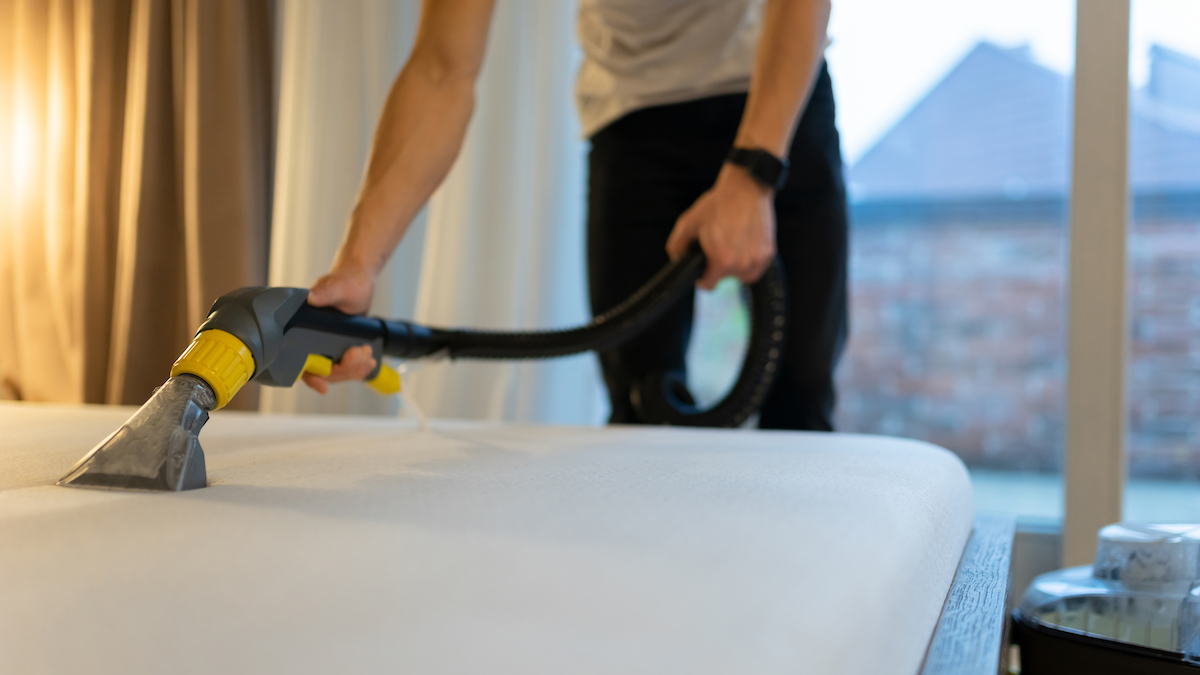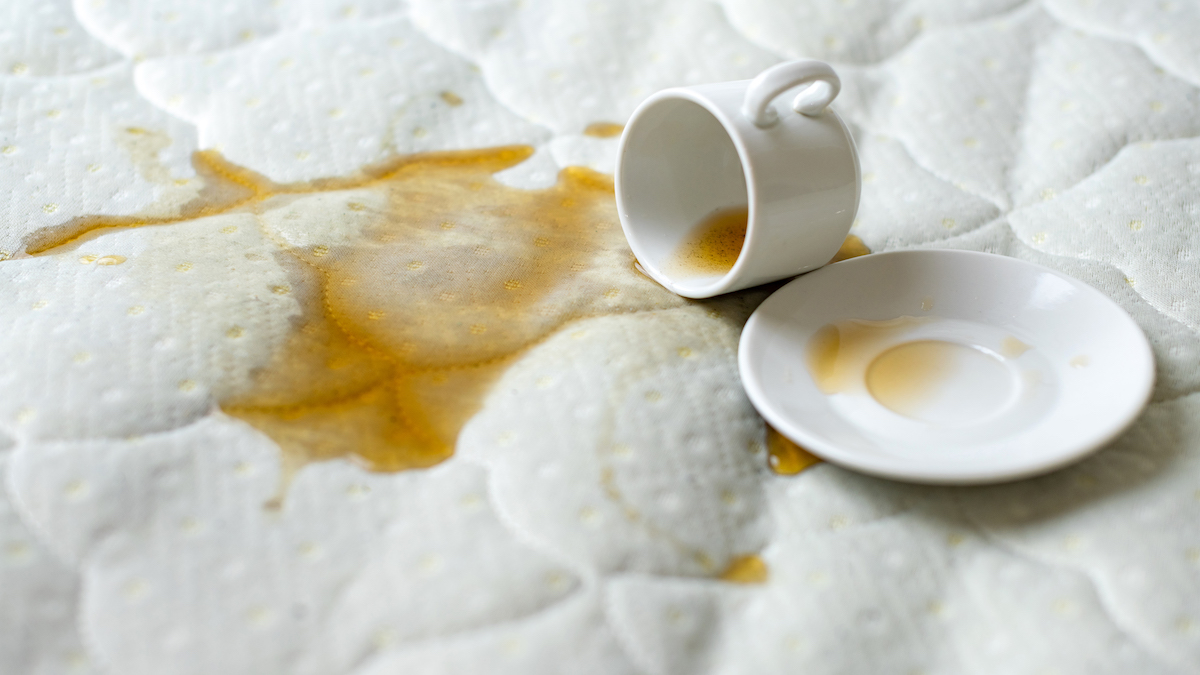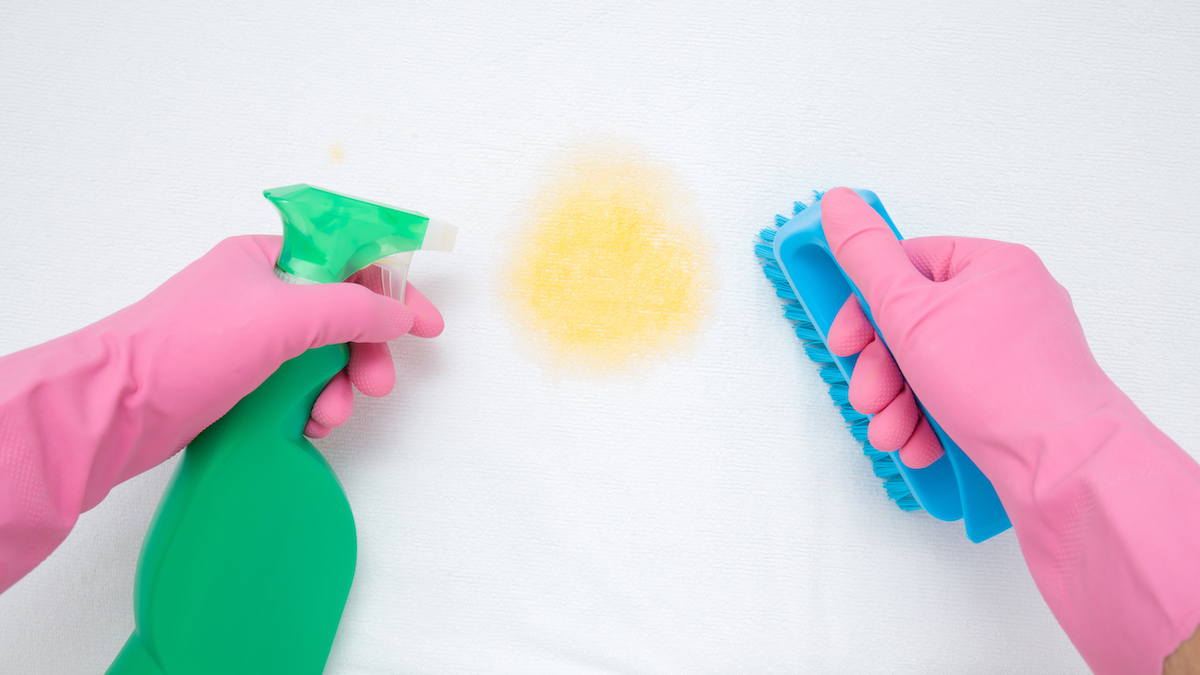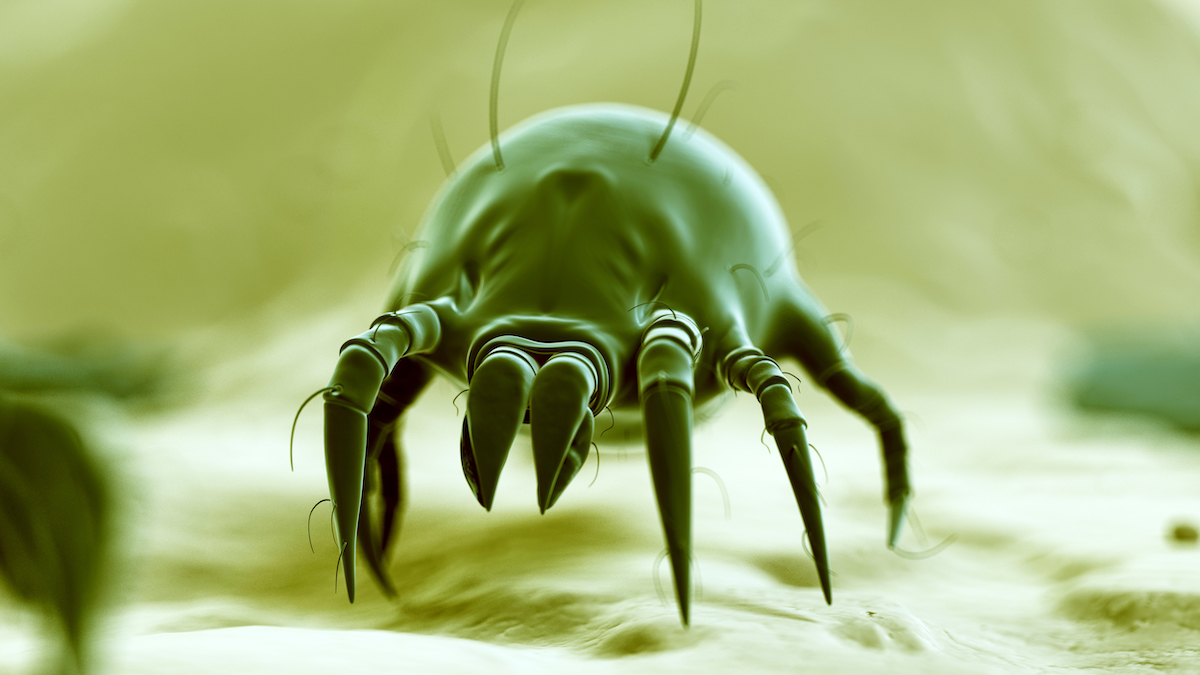How To Clean The Surface Of A Mattress
How to clean a mattress and get rid of stains and smells
From spills to dust mites, here's how to clean a mattress and care for it in the long-term

(Image: © Getty)
Learning how to clean a mattress is important for keeping your sleeping space fresh and hygienic. Even the best mattresses need regular care to stay in good shape, and to keep them free from smells, sweat, dead skin and dust mites.
You should aim to clean your mattress at least twice a year for general maintenance, but if you spill something on it, tackle that straight away to avoid it causing deep-staining or damage.
If have allergies, you'll benefit the most from keeping your mattress fresh as regular cleaning kills off allergy-triggering dust mites. A decent mattress protector is your friend here too, while a mattress topper adds an extra layer of (comfy) protection.
Here we look at how to clean a mattress properly, including how to tackle spills, smells and stains. But if yours has seen better days, you're in the right time of the year to upgrade as there are some good Black Friday mattress deals arriving early.
How to clean a mattress: why it's important
You should aim to deep clean your mattress every six months or so. Regular care and cleaning keeps it clear of dust, dirt and dead skin cells – all the things that provide a feast for allergy-triggering dust mites to snack on.
Other reasons to clean your mattress regularly include the accumulation of sweat and body oils, which can stain your mattress and cause it to smell. Using a mattress protector is a great way to keep your mattress clean and fresh for longer, as they can be removed and machine washed much more regularly.
Before you clean your mattress, read the care instructions (usually found on the mattress label or on the brand's website). We say this because they may be specific things that you should or shouldn't be doing for your specific mattress.
For instance, if you have a memory foam bed and need to clean up a spill, don't use too much water because mildew can grown in a foam mattress that's left wet for too long. Let's now go through the basics of how to clean a mattress...
How to deep clean a mattress: step by step

Even if you use a mattress topper or mattress protector, and change and wash your bed sheets regularly, you should still aim to deep clean your mattress twice a year. This will keep it feeling fresher, smelling nicer and lasting longer. Set a reminder to do this essential chore every six months, to make it part of your household routine. Here's how to deep clean a mattress easily:
- Strip the bed and wash your bedding.
- Vacuum over the mattress evenly, making sure the attachment gets into any creases or edging.
- Deodorize the mattress by sprinkling on a layer of baking soda. Leave it there for a few hours – overnight/all day if you can – so that it has longer to draw out any odors.
- Vacuum up the baking soda.
- If your mattress is flippable, then repeat the previous three steps on the other side. If not, just rotate it. This spreads out wear and tear.
- Place the mattress next to an open window or as close to fresh air as possible. Even better, place the mattress in direct sunlight as UV rays help kill mold and bacteria.
If your current mattress can't be cleaned, is covered in stains and has signs of sagging, then it's time to get something new. For a good memory foam mattress that's covered by a Forever Warranty, read our round-up of the best Nectar Black Friday sales. For luxury sleep for less, check out our guide to the best Saatva Black Friday mattress sales and deals.
How to clean a mattress: tackling fresh spills
Whether its spilled coffee, or urine or blood that has seeped into the mattress, you need to tackle these as soon as they happen. This will reduce the chances of staining and they'll be easier to clean too, as they won't have a chance to get deeper into the mattress.
You can use a simple cleaning solution of detergent or white vinegar with water to spray it onto the stain. If the spillage is biological – for example, blood or urine – then make sure the solution contains an enzyme-based detergent to dissolve the stain.

Remember, mattresses can develop mold if they get too wet, so never pour water directly onto them. Here's how to clear up a recent spill:
- Strip the bed and wash the sheets in the washing machine.
- Using a cloth or paper towels, blot as much liquid as you can from the mattress. Try to do this fairly gently, without rubbing it, as it will spread the spillage around and deeper into the mattress.
- Clean the stain with a 50:50 solution of white vinegar (or enzyme-based detergent) and water. Use a spray bottle and try not to soak the mattress. If the stain is stubborn, you can leave the solution on for ten minutes or slightly longer. Now blot the solution with clean paper towels or a cloth.
- Take some baking soda and sprinkle it over the stain. You should leave this on for at least 7-8 hours. Once it's dry you can vacuum it up.
- Air your mattress near an open window, and in direct sunlight if you can.
If the spill is not so recent then, once you have lightly sprayed on your cleaning solution, they try brushing the area gently with a toothbrush, and leave it for 10-15 minutes before blotting it gently. Repeat until the stain fades.
How to clean a mattress: cleaning sweat stains
Anyone who sleeps hot will also be prone to sweating more in the night, which, over time, could seep into the mattress and turn it yellow. However, if you can stay on top of regularly maintaining your mattress this staining can be avoided – simply sprinkle baking soda onto any staining that you see appearing, give it a gentle rub and leave for half an hour, before vacuuming it up.

If the sweat stains are more stubborn, then try spraying on a solution made with equal parts water, liquid soap, and hydrogen peroxide. Spray lightly onto the stain, so as not to soak the mattress, and let it sit for 20 minutes.
Blot the solution with a paper towel. You can then sprinkle over some baking soda, leaving it on for several hours (or overnight) to dry thoroughly before vacuuming it up. Air the mattress near an open window, in direct sunlight if you can.
Using a mattress protector will provide an extra barrier to help prevent sweat reaching your mattress. If you sleep hot regularly, then try sleeping on a cooling mattress, or investing in a mattress topper that has a cooling surface to help keep your temperature regulated.
It's worth mentioning that mattresses can also become yellow naturally with age, and this discoloration cannot be removed. In most cases it's usually a sign that you need to buy a new mattress, especially if you have had it for more than eight years.
How to clean a mattress: keeping dust mites at bay
Dust mites can be found in every home – in mattresses, carpets, and curtains for example – and if they're left to build up, their droppings can trigger allergy symptoms such as sneezing, itching and a runny nose.
Because they feed off dead skin cells (from you and your pets), and get water from humid air, it's essential to keep your mattress clean, your bed sheets regularly washed and also make sure there's not too much clutter in your bedroom.

Using a mattress protector and pillow protectors with a tighter weave helps create a barrier to prevent mites getting into your mattress.
If you can wash sheets at a higher temperature of around 130 degrees Fahrenheit (54 Celsius) that will help kill them off. Using a dehumidifier to bring the moisture levels down in the bedroom will also keep them at bay.
How to clean a mattress: what to remember
On top of deep cleaning your mattress every six months or so, you can help keep it clean in the months in-between too. Here is a checklist of things to remember to keep your mattressing looking great, smelling fresh, and giving you a healthy surface to sleep on for years to come:
- Use a mattress protector to add a barrier against accidental spills and dust mites.
- Clean up spillages right away.
- Wash your bed sheets once a week in hot water.
- Check your mattress regularly to see if any new stains have appeared. If so, clean them immediately.
- Deep clean and vacuum your mattress every six months or so.
- Flip or rotate your mattress (as recommended by the manufacturer) to keep the surface even, and prevent a build-up of sweat or oils in any one area.
This article is part of TechRadar's Sleep Week 2021 (running from Sunday 31 October to Sunday 7 November), our in-depth look at sleep and how to snooze better. We've teamed up with experts in their field to bring you sleep techniques and tips to help you drift off easier, and have rounded-up the best sleep kit to transform your bedroom into a den of zen.

Davina Franks is an experienced sleep and mattress writer who has written for our sister sites Tom's Guide and T3, among other brands. Davina is interested in organic and eco-friendly sleep products, and how good sleep can improve our general wellbeing. When not writing about mattresses, Davina loves reading, creative writing, and practicing yoga.
How To Clean The Surface Of A Mattress
Source: https://www.techradar.com/how-to/how-to-clean-a-mattress
Posted by: saxontiontems.blogspot.com

0 Response to "How To Clean The Surface Of A Mattress"
Post a Comment